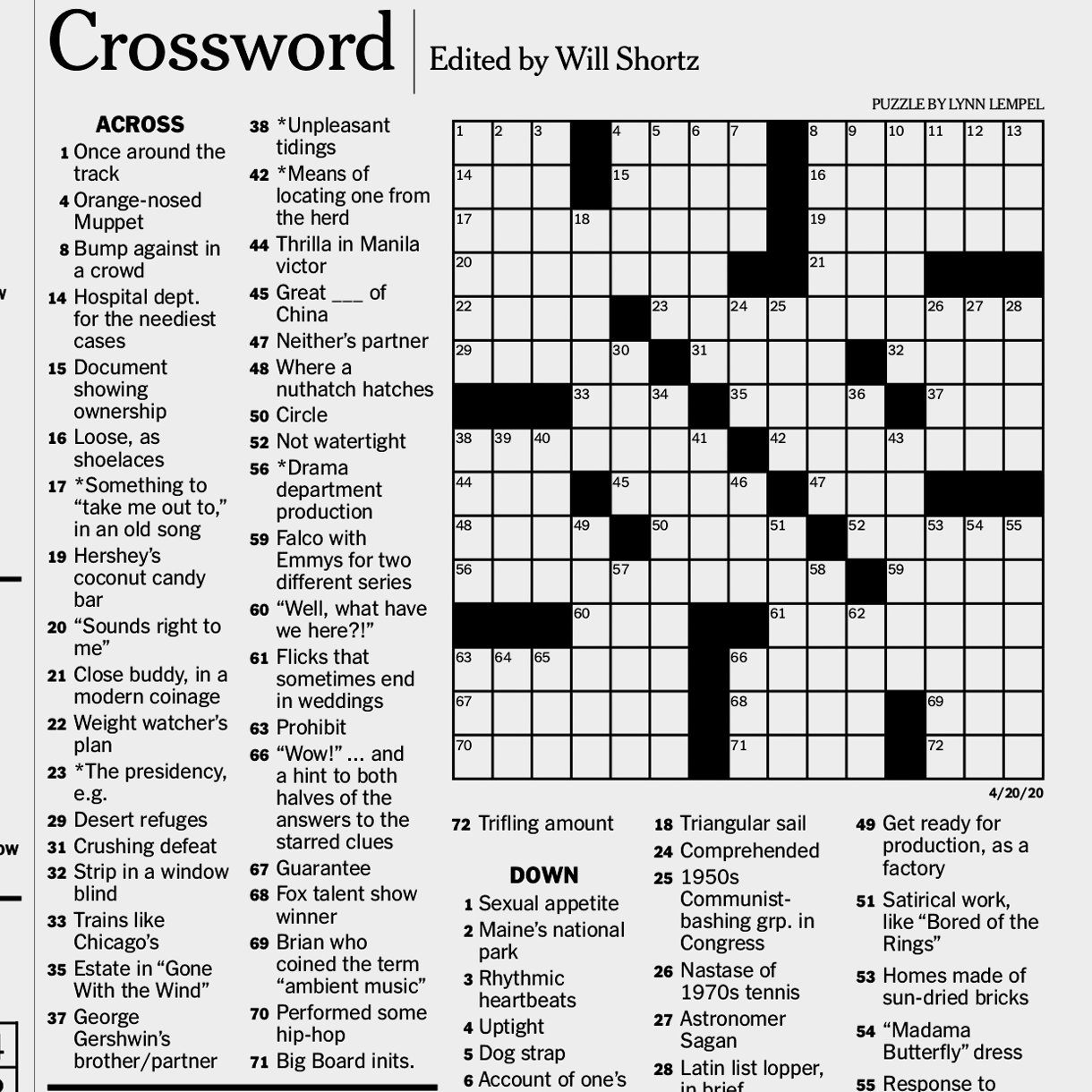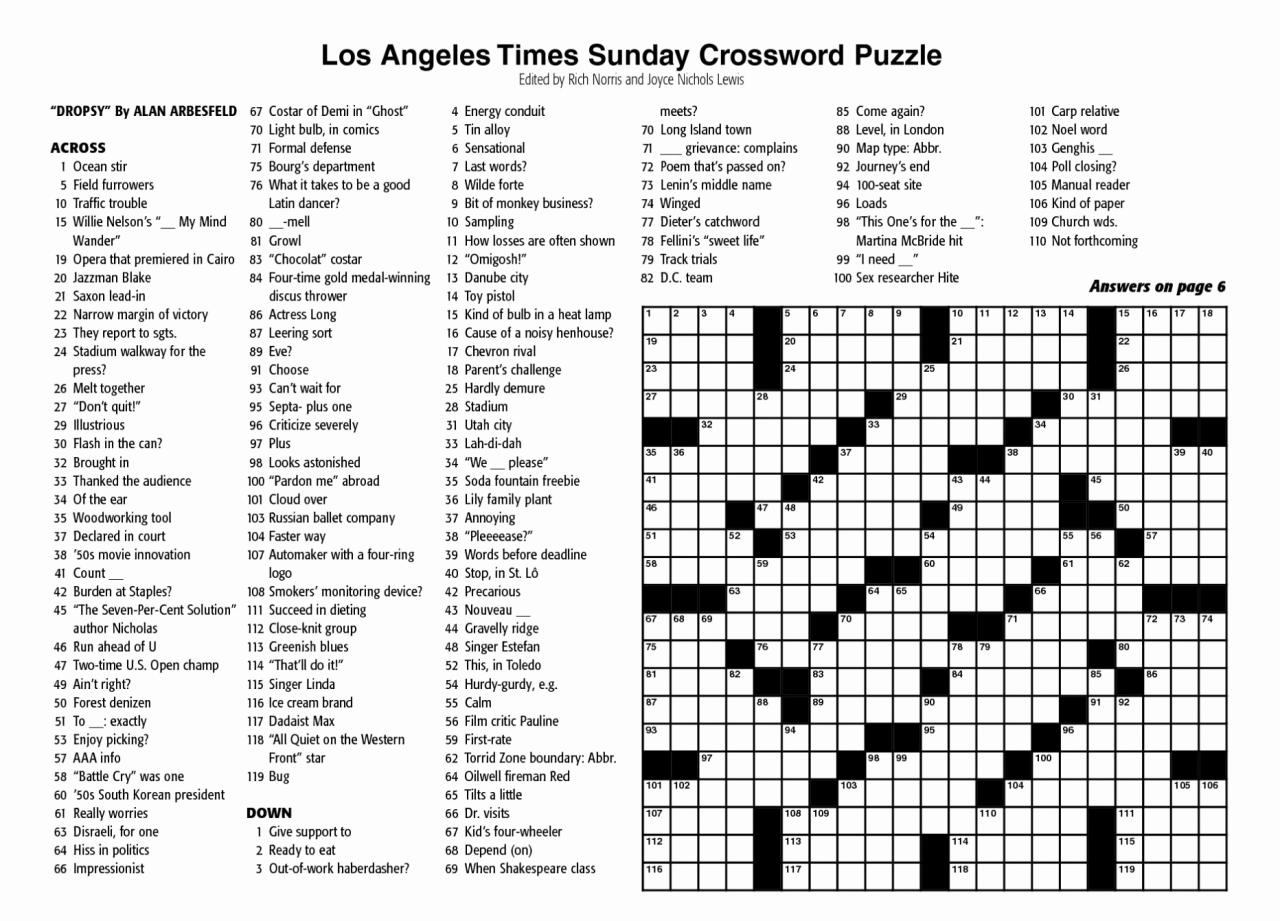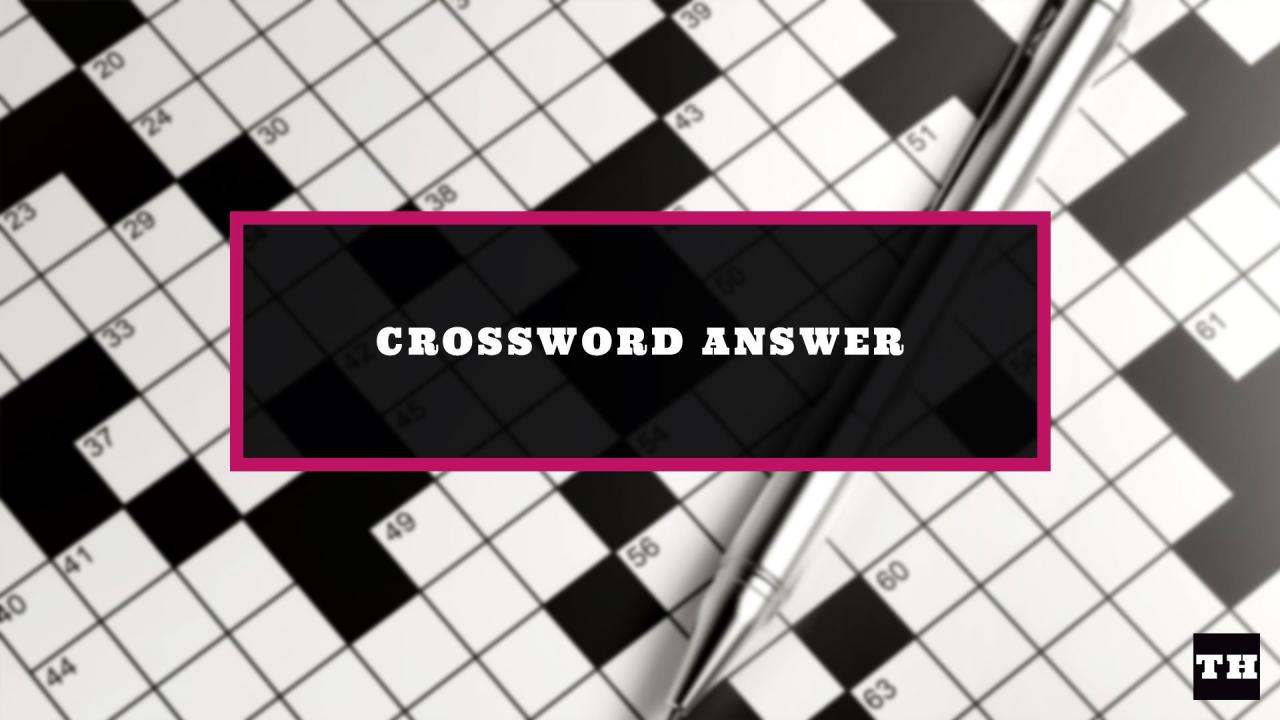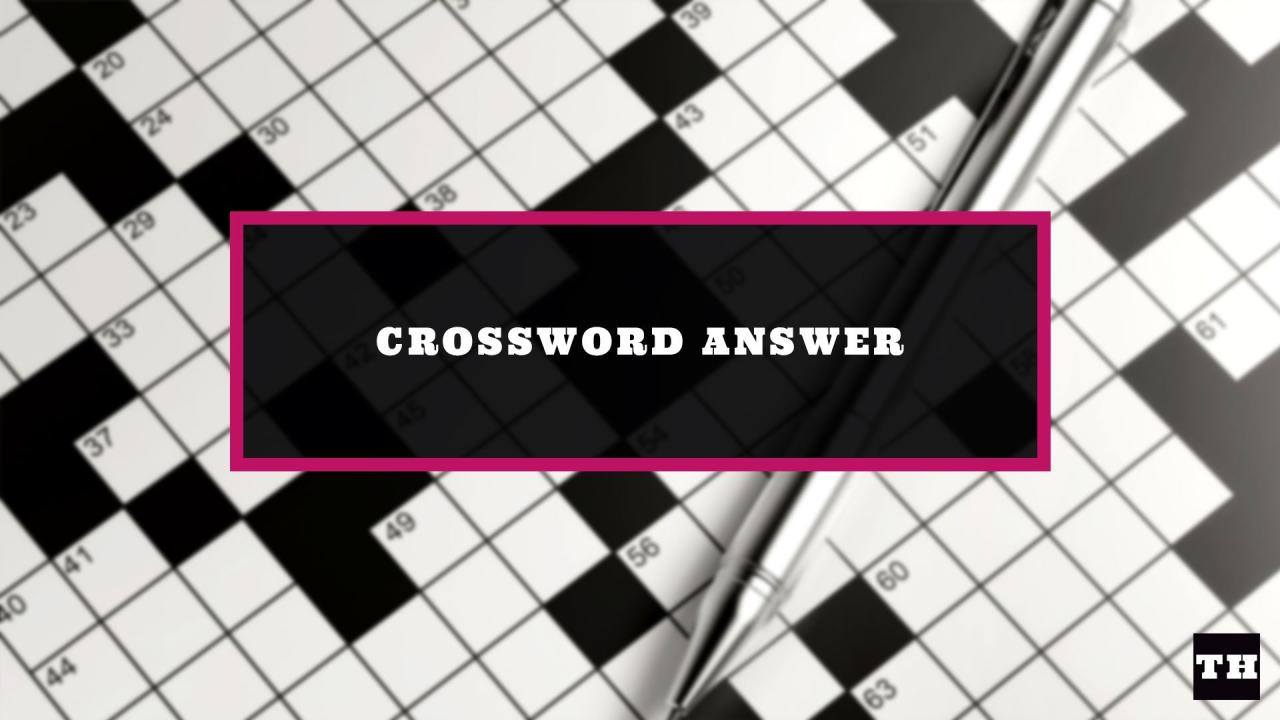The New York Times crossword puzzle (nyt crossword) has captivated puzzle enthusiasts for decades, offering a unique blend of challenge, wit, and intellectual stimulation. From its humble beginnings to its present-day status as a cultural phenomenon, the nyt crossword has evolved into an iconic symbol of wordplay and problem-solving.
Over the years, the nyt crossword has undergone significant changes, with key figures and milestones shaping its development. From the legendary Will Shortz, who has edited the puzzle for over three decades, to the countless constructors who have contributed their ingenuity, the nyt crossword has a rich history filled with notable names and groundbreaking innovations.
Historical Evolution of the NYT Crossword

The New York Times crossword puzzle, an iconic American pastime, has a rich and fascinating history spanning over a century. Its origins can be traced back to the early 20th century, when crossword puzzles emerged as a popular form of entertainment.One of the key figures in the development of the NYT crossword was Arthur Wynne, a British journalist who immigrated to the United States in the early 1900s.
In 1913, Wynne created the first crossword puzzle for the New York World newspaper, which quickly gained popularity. In 1942, the New York Times acquired the rights to Wynne’s puzzle, and it has been a staple of the newspaper ever since.Over the years, the NYT crossword has undergone several notable changes and milestones.
In the 1940s, Margaret Farrar became the first female editor of the puzzle, introducing a new era of creativity and innovation. In the 1960s, Will Shortz took over as editor, and under his leadership, the puzzle became known for its challenging clues and witty wordplay.Throughout its history, the NYT crossword has attracted a dedicated following of constructors and solvers.
Some of the most famous constructors include Merl Reagle, Eugene Maleska, and Emily Cox and Henry Rathvon, who are known for their clever and intricate puzzles. These constructors have helped shape the NYT crossword into the beloved institution it is today.
Structural Analysis of the NYT Crossword

The New York Times crossword puzzle is a daily staple for many word game enthusiasts. Its unique structure and format have evolved over the years, making it a beloved challenge for solvers of all levels.The typical NYT crossword grid is a 15×15 square, with black squares interspersed among the white squares.
The black squares prevent letters from being placed in those spaces, creating the grid’s unique pattern. The white squares are where the letters of the answers are placed.Clues for the crossword are divided into two types: across and down. Across clues are read horizontally, while down clues are read vertically.
Clues can be straightforward definitions, synonyms, puns, or even riddles. Solvers must use their knowledge of vocabulary, wordplay, and logic to fill in the grid with the correct answers.Theme and wordplay are essential elements of NYT crosswords. Themes can range from simple wordplay to complex literary references.
Wordplay often involves puns, anagrams, or other types of wordplay that challenge solvers to think outside the box. The combination of theme and wordplay creates a unique and engaging puzzle experience.
Solving Techniques for the NYT Crossword

Crossword enthusiasts worldwide regard the New York Times crossword as the pinnacle of the genre, a daily challenge that combines linguistic dexterity with lateral thinking. Solving this enigmatic puzzle requires a multifaceted approach, encompassing both strategic techniques and a deep understanding of language nuances.
Effective Strategies
- Start with the Easy Clues:Tackle the clues you can solve quickly, as they provide a foundation for filling in the grid and gaining momentum.
- Use Cross-Referencing:Intersect the answers you have with the intersecting clues to uncover more letters and complete words.
- Look for Patterns:Analyze the grid for patterns, such as repeated letters or common prefixes and suffixes, to identify potential solutions.
- Break Down Long Clues:Divide complex clues into smaller segments, focusing on individual words or phrases, to make them more manageable.
- Consider Alternate Meanings:Explore different interpretations of words and phrases, as clues often play on multiple meanings or wordplay.
Tackling Difficult Clues, Nyt crossword
- Seek External Help:Consult online resources, such as crossword dictionaries or solvers, for hints or possible answers.
- Use a Thesaurus:Expand your vocabulary by using a thesaurus to find synonyms or antonyms that fit the clue’s definition.
- Take Breaks:Step away from the puzzle and return to it later with a fresh perspective, which can often lead to breakthroughs.
- Don’t Give Up:Persistence is key in solving difficult clues. Keep trying different approaches and don’t be afraid to experiment.
Common Pitfalls
- Overthinking:Avoid getting bogged down in overanalyzing clues or trying to fit in answers that don’t make sense.
- Relying Too Heavily on Aids:While solving aids can be helpful, over-reliance on them can hinder your ability to develop your own solving skills.
- Ignoring the Grid:Pay attention to the grid’s layout and intersecting letters, as they provide valuable clues for filling in the blanks.
- Assuming One Answer:Don’t get fixated on a single possible answer; consider alternative interpretations or spellings.
Closure
Today, the nyt crossword remains a beloved pastime for millions worldwide. Its enduring appeal lies in its ability to engage the mind, foster a sense of community, and provide a daily dose of mental exercise. Whether you’re a seasoned solver or a curious newcomer, the nyt crossword offers a rewarding challenge that promises hours of entertainment and intellectual stimulation.
Clarifying Questions
What is the typical size of a nyt crossword grid?
The standard nyt crossword grid is 15×15 squares.
What types of clues are commonly found in nyt crosswords?
Nyt crosswords typically use a variety of clue types, including definitions, synonyms, antonyms, homophones, and puns.
What is the role of theme in nyt crosswords?
Themes play a central role in nyt crosswords, providing a unifying concept that connects the answers and enhances the puzzle’s overall structure.

